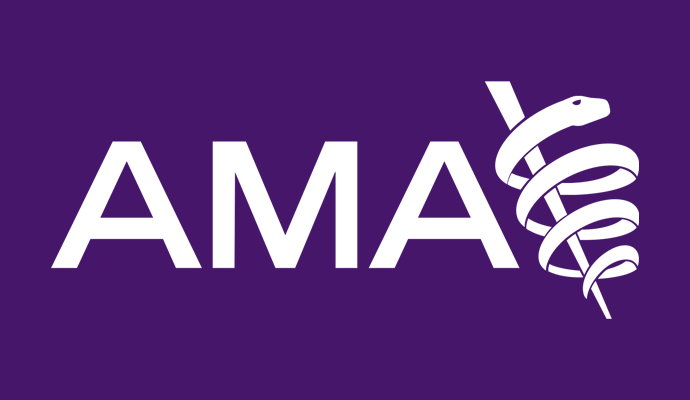AMA Strives for Health Equity, Greater Medical Workforce Diversity
Increasing workforce diversity is a critical step in achieving health equity, the medical industry group explained.

Source: American Medical Association
- The American Medical Association (AMA) will dedicate its efforts toward improving medical workforce diversity, doubling down on its commitment to advance health equity, the organization has announced.
This statement comes as the nation experiences an impending healthcare labor shortage that has been worsened by the pandemic.
As the nation transitions to an endemic stage of COVID-19, the healthcare industry must cope with the declining workforce, AMA stated. Physician shortage challenges have severe implications for patient care access, especially for patients in rural areas.
Recent data shows that one in five doctors said they plan to leave the profession in the next two years. Additionally, the physician workforce is aging and does not have sufficient doctors coming in to meet patient demands, AMA pointed out.
Not only is the healthcare industry lacking staff but it also lacks diversity. Oftentimes, the demographic of hospital staff does not reflect the diversity of the communities they serve.
Nearly one in three people in the United States are from historically marginalized communities, yet less than one in eight are physicians.
Limited workforce diversity is a determinant to the patient experience as visiting with a provider of the same race can enhance the patient experience. These findings are indicative of the racial implicit bias patients confront in healthcare, leading to a lack of trust among patients of color.
“To address this workforce challenge, the AMA is dedicated to growing not just the size of our physician community, but its diversity,” AMA President Gerald E. Harmon, MD, said in a statement.
“This has to change. Additionally, International Medical Graduates (IMGs) – some of whom are neither U.S. citizens nor permanent residents – have long played a critical role providing health care services, particularly in rural and under-resourced communities,” Harmon continued. “The nation and its health care system owe them a significant debt of gratitude for their many contributions.”
This push for greater workforce diversity follows several strides AMA has made to advance health equity within the healthcare industry. In May 2021, the AMA released its strategic plan for health equity, tackling the biggest health equity challenges facing the industry today.
The strategic plan for health equity serves as a three-year roadmap guided by five principles to implant racial justice and advance health equity.
“The AMA is committed to achieving improvements in the training, practice, and professional inclusion of all physicians irrespective of race, ethnicity, gender or gender identity, and sexual orientation – as well as to recognizing and denouncing discrimination or racism in the profession,” Harmon stated at the time of the roadmap’s release.
AMA has also called on industry leaders to join them in improving health equity. Recently, AMA has established efforts to assist other organizations in advancing health equity and prioritizing marginalized communities.
The In Full Health Learning and Action Community to Advance Equitable Health Innovation initiative will encourage healthcare stakeholders to center equity in their health innovation investment, AMA stated.
“As a component of the AMA’s broader work to advance racial justice and equity in health care, this new initiative will help us continue to drive the future of digital medicine while ensuring health innovation addresses the needs and improves the health of all patients—particularly those who have been most marginalized,” Jack Resneck, Jr., MD, president-elect of AMA, said in the press release.
